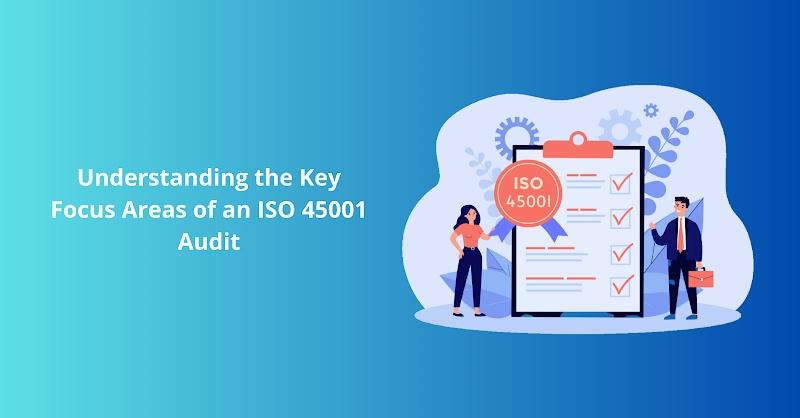Organisations try to provide their employees with secure and healthy working conditions. An organised foundation for putting into place efficient occupational health and safety management systems is provided by the ISO 45001 standard. Conducting an ISO 45001 Audit is crucial as organisations work to comply with this standard to evaluate the efficiency of their management systems. Professionals can arm themselves with the required knowledge to conduct thorough audits and concentrate on important areas that promote a safer and healthier workplace through effective ISO 45001 Training.
Leadership and Worker Participation
A strong occupational health and safety management system is built on top management’s dedication and employees’ active participation. Focus is placed on determining if leadership exhibits a clear commitment to health and safety and whether employees are involved and encouraged to participate in safety efforts during an ISO 45001 audit. Developing a positive safety culture, participation mechanisms, and effective communication channels are crucial to this priority area.
Hazard Identification and Risk Assessment
Assessing risk factors related to workplace hazards is one of the pillars of ISO 45001 compliance. Auditors carefully review whether organisations have a systematic procedure to discover potential risks, evaluate those risks, and put control measures in place. The main concerns are the evaluation of the efficiency of risk assessment techniques, the precision of hazard identification, and the sufficiency of controls adopted to mitigate risks.
Operational Control
This emphasis area examines how daily operations are managed to ensure procedures and activities are carried out safely. Auditors evaluate whether businesses have implemented operational controls that comply with statutory requirements and professional norms. This includes assessing procedures, work instructions, training programmes, and equipment maintenance routines to prevent incidents and accidents.
Emergency Preparedness and Response
Organisations must be equipped to handle emergencies and potential incidents with effectiveness. Auditors assess how prepared an organisation is to deal with various situations, from natural disasters to workplace accidents. This focus area evaluates the suitability of emergency plans, communication techniques, evacuation protocols, and personnel training to react quickly and safely in a disaster.
Performance Evaluation and Improvement
The health and safety management system’s efficacy must be continuously assessed and improved according to the ISO 45001 standard. Auditors evaluate whether companies have set goals, created performance indicators, and conducted routine evaluations to gauge the system’s effectiveness. To improve safety outcomes, this emphasis area also looks at how organisations spot chances for change and implement those improvements.
Communication and Consultation
The sharing of pertinent information within the organisation and considering employees’ viewpoints in decision-making processes are ensured by effective communication and consultation. Auditors evaluate whether organisations have developed effective communication channels for health and safety issues during an ISO 45001 audit. They assess employees’ participation and capacity to offer safety feedback.
Legal and Regulatory Compliance
An essential component of ISO 45001 is compliance with occupational health and safety rules and regulations. If an organisation knows the legal requirements specific to its industry and region, auditors rigorously inspect that knowledge. To ensure that an organisation runs within the confines of the law, they evaluate whether organisations have systems in place to track and adhere to changes in rules.
Conclusion
Conducting an ISO 45001 audit is a thorough process that looks at many aspects of a company’s health and safety management system. By focusing on crucial areas including leadership commitment, threat identification, operational control, and performance evaluation, auditors can provide useful information regarding a company’s safety practises. Professionals with knowledge of ISO 45001 may be very helpful in conducting these audits and supporting firms in recognising the benefits, drawbacks, and areas for improvement of their health and safety practises. The ultimate goal of an ISO 45001 audit is to create a work environment that is safer and healthier for employees, aligning with the standard’s guiding principles and enhancing the general wellbeing of the workforce.

